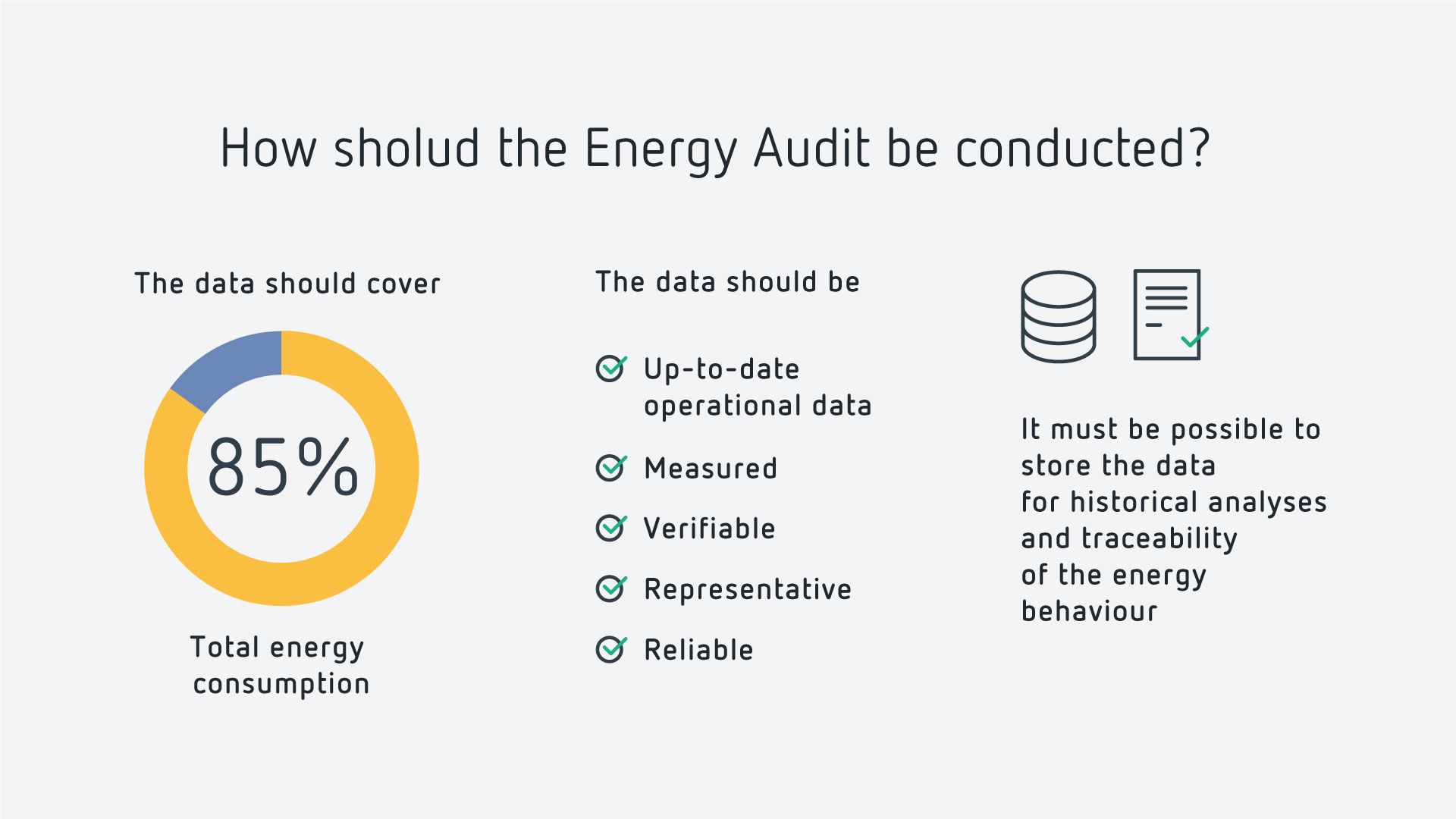
Problems involving electrical installations, such as harmonics, spurious protection device trips, damage to electronic components and many other quality problems, are on the rise. This is because loads with switched sources, variable frequency drives, inverters, electric vehicle charging points, etc., are becoming more common.
As a result, users need more knowledge of their installations and of how the loads they connect behave. Circutor offers a tool for analyzing installations and loads, namely the power analyzers.
With help from power analyzers, users can rest assured that they are preventing and detecting a good number of problems in their electrical installations.
What is a power analyzer?
A power analyzer can measure and calculate a multitude of electrical parameters that reveal the status of an installation. They provide information on how the connected loads are behaving. In addition, if they record data for a period of time, users can find out the consumption patterns and cost of each load in the installation in question.
There are many types of power analyzers. They differ based on the type of installation they are connected to, how they are installed, the number of variables they measure and many other constructive or functional aspects. For example, some are installed permanently (fixed analyzers) so they can communicate with a computer program, such as Circutor's Power Studio Scada, and thus create an energy management system. Others, however, can be installed for a specific period of time (portable analyzers) to temporarily monitor a point in the installation or to analyze the behaviour of a specific load.
PowerStudio energy management software is the ideal partner for analysing the energy data required for an energy audit

Before installing and setting up the analyzer, the following questions have to be answered:
What? Where? When? How?
By answering these questions, a user can better select the type of analyzer and configure it correctly for their specific need. Let's look at this in more detail:
It is very important to be clear about the purpose of the measurements you are going to take in order to determine which parameters to record. The reason is that an energy audit, for example, doesn't need the same parameters and recording time as sizing a capacitor bank, analyzing a phase imbalance or determining peak demand.
You have to know the installation, have access to a single-wire diagram if possible and decide where to take the readings in order to get the desired information from the analyzer. It is crucial to determine whether you have to measure at the connection point to the grid, or at the input to a load that is generating transients. You also need to know what type of installation you are going to analyze, the number of phases, and the rated voltage and current.
Some effects in the grid take place more often at certain times, since they coincide with other operations that may be taking place on the grid or with the start-up of a heavy load, or one that generates transients.
Certain specific analyses require the installation to be in a particular configuration that cannot always be achieved. For example, to size a capacitor bank, you have to ensure that the installation is above 80% load (100% is ideal). You also have to know if there is already a bank in the installation and record its performance with that battery switched off for a sufficient time.
However, other effects can occur at any time. In these cases, you have to wait for them to happen while the analyzer is recording.
By selecting the necessary parameters correctly and setting the correct recording period to make sure you get the information you need. And by taking into account that it will often take more than one minute to collect all the required variables.
Quality events cannot be detected using a one-second recording period. Quality events can last for 20 milliseconds, meaning they will not be noticed if the values are integrated over one second.
The detection of quality or temporary events is asynchronous, meaning they can be detected even if the recording period selected is 10 or 15 minutes.
In conclusion, power analyzers are tools that provide more thorough knowledge of an installation with the aim of preventing and detecting potential faults. It is clear, therefore, that choosing the right power analyzer and setting it up correctly can yield the information needed for this type of analysis.
By using a power analyzer, you can rest assured that the relevant analyses will provide a useful result.


WRITTEN BY CIRCUTOR